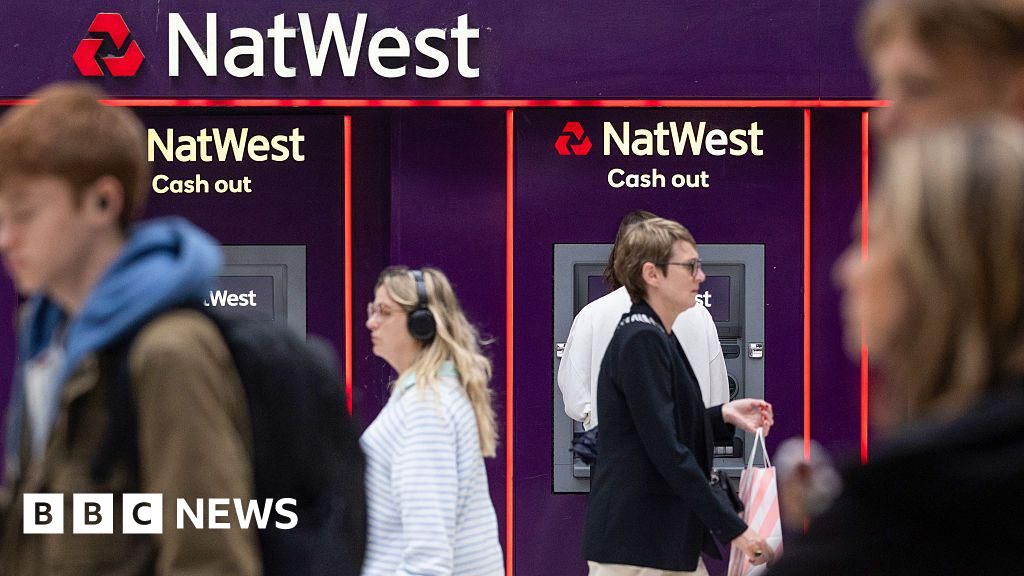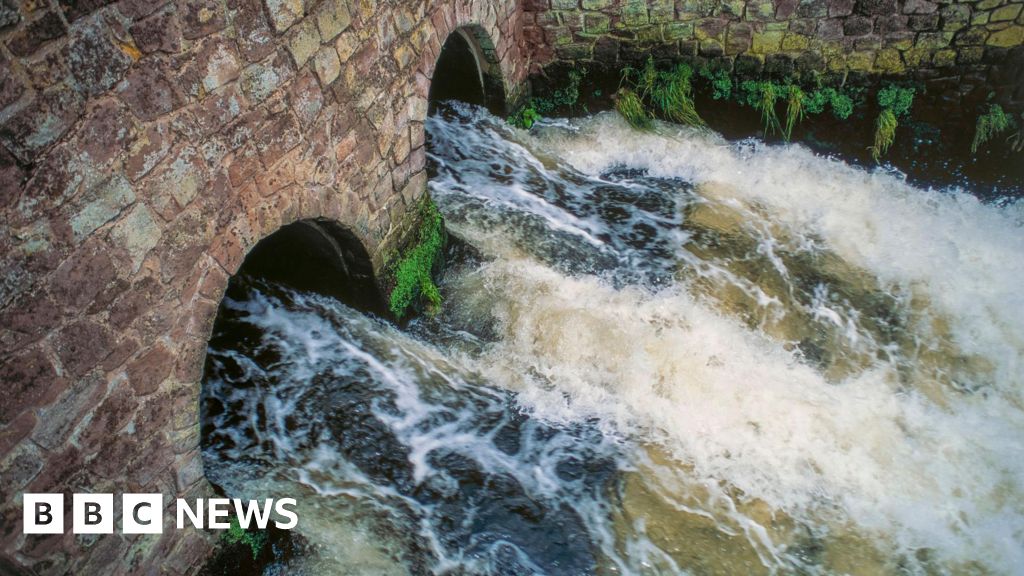ARTICLE AD BOX
By Simon Read & Dearbail Jordan
Personal finance reporter, BBC News
image source, Getty Images
The wholesale price of gas has soared in the UK, Europe and Asia because of a squeeze on supplies.
Millions of households in England, Wales and Scotland are already facing a 12% rise in their energy bills from October when a higher price cap - the maximum price suppliers can charge customers on a standard tariff - comes into force.
But does the recent spike in gas prices mean people face paying even more to heat their homes?
Why are wholesale gas prices rising?
Since January, the wholesale price of gas has jumped by 250%, according to Oil & Gas UK, the industry group. From August alone, they have soared by 70%.
Gas supplies have been blighted by a number of factors. A cold winter in Europe had already put pressure on supplies and the amount of stored gas is far below normal levels. And this is even before the peak heating seasons of autumn and winter really start.
While the UK relies on natural gas from the North Sea it is also supplied by Norway. There is also increased competition to get hold of shipments of liquified natural gas, particularly from countries in Asia, some of which also experienced cold weather.
While the UK relies on renewable energy such as wind to generate power, it accounts for a relatively small contribution to the country's needs. Over the last week, wind provided just 9% of power for England, Wales and Scotland, according to National Grid.
Will my energy bills increase?
Around 15 million households in England, Wales and Scotland are already going to see costs rise from next month.
Those on standard tariffs could see an increase of £139, from £1,138 to £1,277, according to the energy regulator Ofgem. Prepayment customers could see an increase of £153, from £1,156 to £1,309.
Suppliers can increase bills up to the maximum allowed by the cap and, given the rise in wholesale gas prices, - and by extension electricity prices - it is highly likely that they will.
There is also speculation that Ofgem will lift the cap again when it undertakes a review in February next year.
Households on a fixed tariff will not be affected by October's increase. However, for those coming to the end of a contract, suppliers may be reluctant, or simply unable, to offer cheap deals in the current environment.
Can I find a cheaper deal?
It is still worth shopping around.
You can investigate cheaper deals, either with your own supplier or by moving to a rival though some smaller business are now facing a uncertain future because of the rise in wholesale prices.
Switching to a lower-priced fixed deal can save you hundreds of pounds.
Getty images
Energy tariffs in numbers
11 millionUK households on standard tariff
4 millionhouseholds on prepayment meters
13 million households on fixed rate tariffs
Source: Ofgem / BBC research
All suppliers have these, so the simplest way to save is to contact your existing supplier and ask to be moved to its lowest-priced fixed deal.
However, you could probably save more by switching to a rival.
Is it easy to switch my supplier?
It's simple to switch using an energy comparison site - all you'll need is your postcode, the name of your current supplier, and the name of your current tariff.
What is the energy price cap?
The energy cap is the maximum price suppliers can charge customers on a standard - or default - tariff.
This is the deal you'll get if you don't sign up to a fixed rate tariff when you join a supplier.
You'll also end up on a standard tariff if your fixed rate ends and you don't switch to a new deal.
Standard tariffs are variable, which means energy companies can increase - or decrease - the rate they charge you at any time.
However, the energy price cap limits the amount your supplier can charge you.
image source, Getty Images
Why was the energy price cap introduced?
It was introduced by Ofgem in 2019 to help consumers struggling with the increasing costs of heating and powering their homes.
Before its introduction, energy users who stayed with the same supplier on a standard variable tariff were at the mercy of suppliers who could set prices as high as they wanted. They were often accused of not passing on lower prices.
It left many millions of customers paying up to £300 more a year than people who had switched to a cheaper supplier or fixed tariff.
How is the cap worked out?
The price cap is based on the number of gas and electricity units a typical customer uses.
The unit measure, from which your energy bill is calculated and which you may see on your bills, is a kilowatt-hour (kWh).
The headline price cap figure is based on a typical user - which is 3,100 kWh of electricity and 12,000 kWh of gas in a year, according to Ofgem.
Your annual energy bill could be higher or lower than the typical charge depending on the size of your property and how much energy you use.
Every February and August, Ofgem announces the new level of the price cap based on the latest estimated costs of supplying energy.
It takes into account the wholesale price of gas and electricity - which is what suppliers have to pay for the energy. This accounts for about 40% of your bill.

 3 years ago
103
3 years ago
103








 English (US) ·
English (US) ·